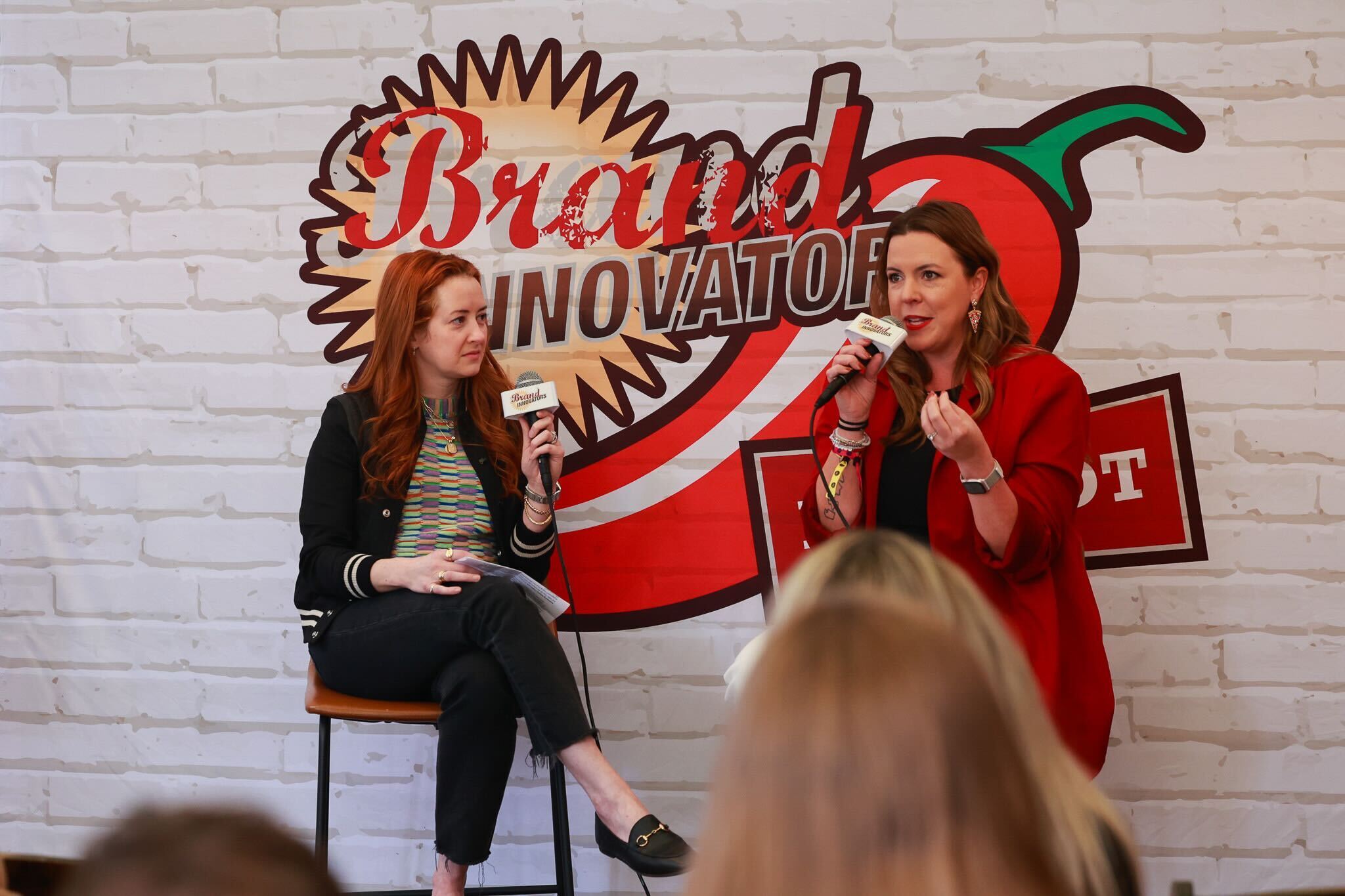The rising power of subscription services


Marketing Director, UK&I
The subscription economy is booming, in tandem with a rise in e-commerce demand. From hygiene products to software, speciality foods to streaming services, subscriptions are available for just about anything.
Subscription-based companies like Birchbox, Hello Fresh, Dollar Shave Club and StitchFix, among many others, have grown more than 300% over the past seven years, and are outpacing the S&P 500 in overall percentage revenue growth by 5X. With all of the changes occurring in commerce, the digital-first approach to commerce has been the catalyst for success of subscription-based models. Subscription businesses have adapted to mobile and social commerce far faster than traditional retailers, which has resonated with their core demographic.
But standalone subscription-based companies aren’t the only ones contributing to this movement in retail; the ongoing COVID-19 pandemic has changed the way we shop, with customers flocking to the internet for everyday items they’d usually purchase in-store. As consumer behaviour rapidly shifted, industries within fast-moving consumer goods (FMCG) saw spikes in traffic and orders, putting a strain on supply chains, logistics, and website performance across the globe. In many cases, subscription services entered households as an assured way to replenish commodity items with automated purchases, avoiding sold out signs and online queues.
Within the last year, manufacturers have increasingly launched direct-to-consumer (DTC) models, opening up new revenue streams in a challenging commercial environment. Almost half (48%) of British manufacturers are already building channels to support the strategy and the vast majority (87%) see DTC as relevant to their products and consumers. Adding a subscription service into a new DTC offering is a great strategy, although giving customers the ability to auto-replenish won’t just sell itself. Businesses need to understand their new B2C customers and develop a mutually value-driven relationship. Let’s take a look at the different ways of achieving this:
- Create a highly personalised experience. Subscriptions shouldn’t just be used to fulfil supply and demand, in fact, that’s not even the top reason people sign up. Curation accounts for 55% of total subscriptions, indicating people like to be surprised and delighted by new items or highly personalised experiences. As customers experiment with product ranges, their preference profile is built digitally, giving retailers a valuable understanding of what products and promotions are most popular.
- Sell via niche marketplaces. Packages can be compiled from a mixture of brands, sold via niche digital marketplaces such as Lookfantastic, or standalone curation companies like Glossybox. Niche brands in apparel, beauty, and food are also mushrooming into this category, take coffee connoisseurs Hasbean or florist Bloom & Wild for example.
- Offering access to lower prices or member-only perks via a monthly fee is another tactic to gain subscribers. The majority of subscribers sign up after getting referred by a friend, with the bonus of a clear financial incentive. Think Odeon Limitless, Enterprise Car Club or Fabletics, all of which have jumped on the back of societal trends and developed a cult following.
Stop the churn!
Churn is the biggest challenge facing subscription e-commerce companies. Even a small percentage of shoppers cancelling their subscription each month can have a significant impact. Nearly 40% of subscribers of any service type cancel in less than three months, and over half cancel within six. These stats are consistent across replenishment, curation, and access subscription services. So, retaining customers is paramount for any subscription business, and the good news is that consumers can be sticky once they find a service they like. How can newcomers to the subscription model retain customers? By underpinning the strategy with creativity, technology and data:
- Take a digital-first approach. Investing in a top-notch digital platform that provides an exceptional customer experience. Simply put, if customers don’t enjoy logging on, they’ll move on. Ensure usability is of a consistently high standard across all devices. A straightforward and helpful user-journey with a clear path to purchase is key. Strike the right balance with an insightful admin suite, offering updates, user guides and tailored product suggestions. The public-facing interface is just the beginning; the customer’s dashboard, mobile app and level of support are the real factors to keeping subscribers happy and on board.
- Personalisation is everything. One of the biggest benefits of selling DTC is having direct access to first-party data, so use it wisely and don’t miss an opportunity to wow. Because subscriptions are built on recurring relationships with customers, it’s important to gain a deep understanding of their needs, wants and motivations. Start with building a user-profile in an engaging way that doesn’t feel like a monotonous task. For example, use an image led-quiz instead of a written form to help them find their preferences.. Be intuitive and interactive. Stitch Fix, for example, increases retention by creating a linked Pinterest board with a stylist and logs feedback to help them constantly evolve.
- Build a community that people want to be part of. When customers have signed up for a repeat service, they don’t want to forget about it until it renews each month; value has to be delivered incrementally. Engage subscribers with impactful content in all formats. Take inspiration from trends within your industry; let your products take a back seat and don’t underestimate the power of social media influencers to spark buzz. Food supplement Huel is one to watch in this arena.
Given the low retention rates with subscriptions as a whole, companies should be careful not to over-invest in free trials or heavy discounts, unless these promotional investments have a clear payback. Instead, focus efforts on keeping customers engaged.
Subscription services aren’t an entirely new sales concept; the model first took off with newspapers and magazines, then really exploded with Netflix and alike digital streaming services. Ten years ago, digital native subscription box retailers brought the concept to e-commerce and have enjoyed a steady growth in recent years, with 27.4% of Brits signed up as of February 2019. At the time, the UK subscription box market was forecast to reach £1 billion in value by 2022, a 72% increase from its value in 2017.
It wasn’t until the last few years that brands joined in the momentum, not just to replenish orders but create a direct line with consumers and boost loyalty. Retail is in a massive state of transformation and subscriptions are still relatively new territory. The potential is massive with both customers and businesses eager to dip their toe in.
More Insights?
View all Insights
AI TRANSFORMATION • Jon Judah
Beyond the inbox: Reimagining CRM for the AI era

BRAND & MEDIA • Maria Prokopowicz
Building the future of generative engine optimisation (GEO)

AI TRANSFORMATION • Laura Tron
